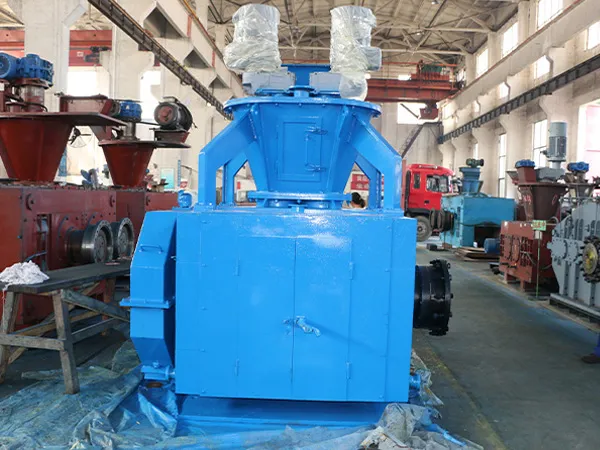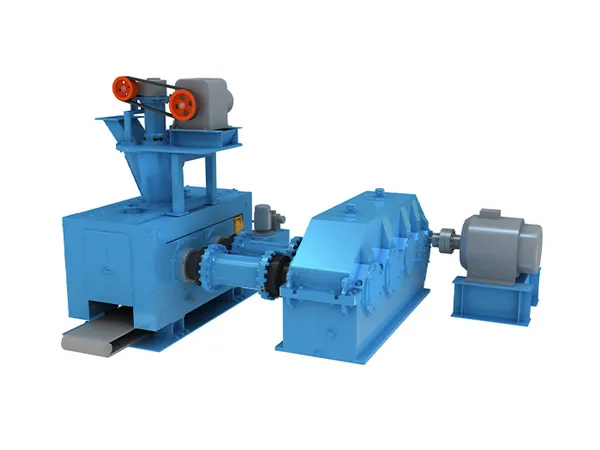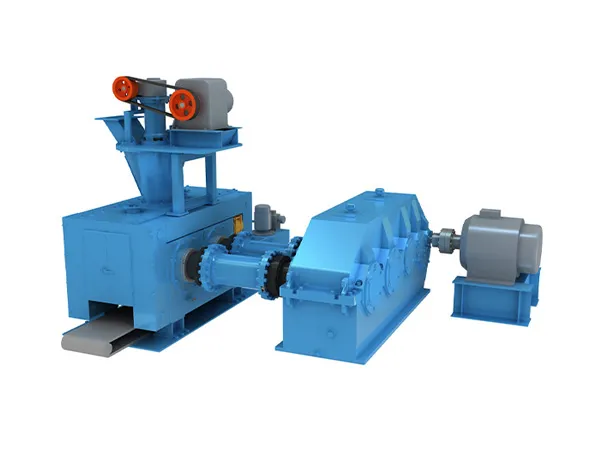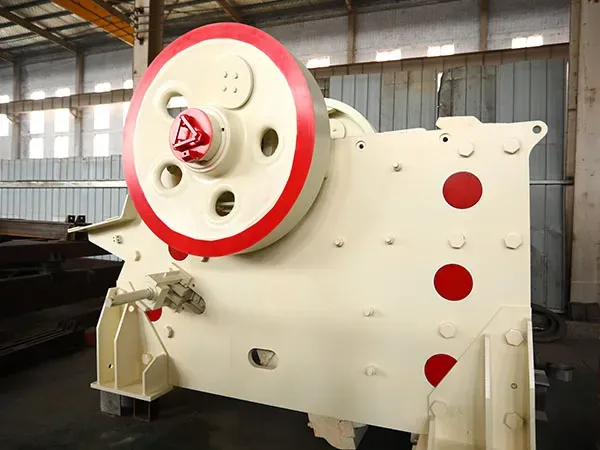What are some maintenance tips to extend the life of welding rotator?
Welding rotators play a crucial role in improving welding efficiency and precision, especially in handling cylindrical workpieces. Proper maintenance of your welding rotator can significantly extend its lifespan, reduce downtime, and enhance operational safety. Here are some essential maintenance tips to ensure long-term reliability and performance.To extend the life of your welding rotator and ensure its reliable operation, follow these maintenance tips.
Maintenance Tips for Extending the Life of Welding Rotators
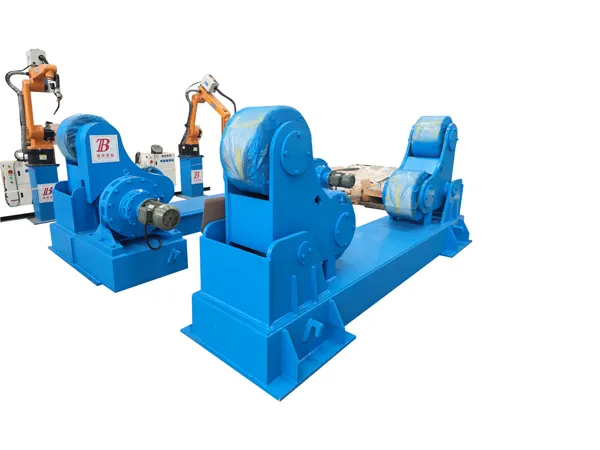
1. Regular Inspection and Cleaning:
Visual Inspection: Before each use, visually inspect the rotator for any signs of damage, such as cracks, loose bolts, worn rollers, or damaged wiring.
Cleanliness: Keep the rotator clean from weld spatter, dust, dirt, and grease. Use a wire brush, scraper, or appropriate cleaning solvents (check manufacturer’s recommendations) to remove debris. Pay special attention to rollers, bearings, and contact surfaces. Excessive spatter can damage rollers and cause uneven rotation.
2. Lubrication:
Follow Manufacturer’s Instructions: The manufacturer’s manual will specify the proper lubrication points, the type of lubricant to use (e.g., grease, oil), and the frequency of lubrication. Adhere to these guidelines.
Lubricate Rollers and Bearings: Apply lubricant to the roller bearings and any other moving parts, such as gears or drive shafts. Ensure the lubricant is appropriate for the operating temperature and load.
Avoid Over-Lubrication: Over-lubrication can attract dirt and debris, so apply lubricant sparingly and wipe away any excess.
3. Electrical System Maintenance:
Check Wiring and Connections: Regularly inspect wiring for damage, fraying, or loose connections. Repair or replace any damaged wiring immediately. Ensure all electrical connections are tight and corrosion-free.
Motor and Gearbox: Inspect the motor and gearbox for any signs of overheating, unusual noises, or vibrations. If present, consult a qualified technician for repair.
Periodically check the oil level in the gearbox (if applicable) and replenish as needed.
Control Panel: Ensure the control panel is clean and free from moisture. Check the functionality of all buttons, switches, and displays.
4. Roller and Bearing Maintenance:
Roller Alignment: Ensure that the rollers are properly aligned to prevent uneven wear and stress. Misalignment can lead to premature failure of the rollers and bearings.
Roller Condition: Regularly check the condition of the rollers for wear, pitting, or flat spots. Replace worn or damaged rollers promptly.
Bearing Replacement: Listen for unusual noises from the bearings. If bearings are worn or damaged, replace them immediately. Use quality bearings that meet the manufacturer’s specifications.

5. Mechanical Component Maintenance:
Chain and Sprocket (if applicable): If the rotator uses a chain drive, inspect the chain for wear, looseness, and proper lubrication. Adjust the chain tension as needed. Ensure the sprockets are in good condition and properly aligned.
…
For more detailed information on how to extend the service life of welding rotators, please visit: https://www.bota-weld.com/en/a/news/maintenance-tips-for-extending-the-life-of-welding-rotators.html



